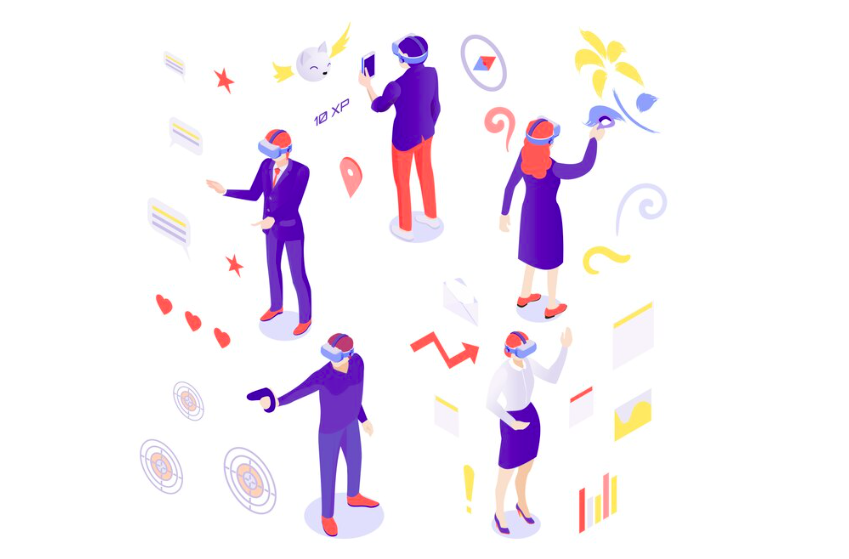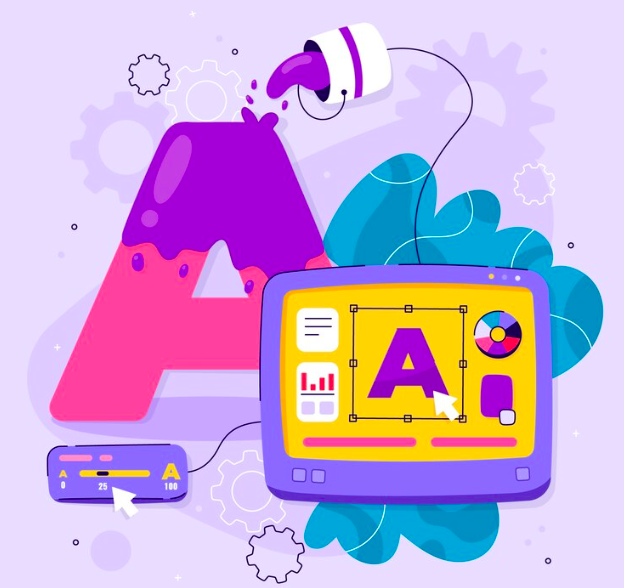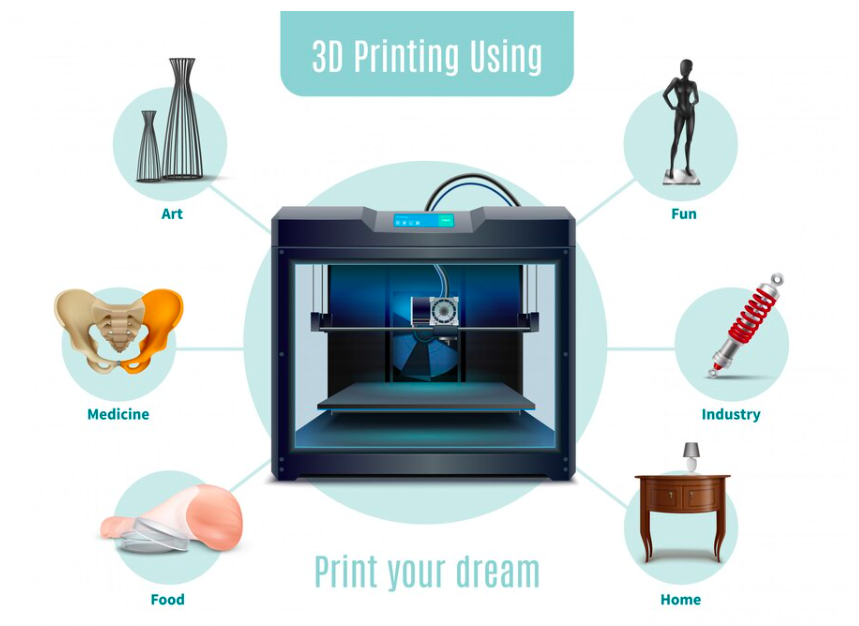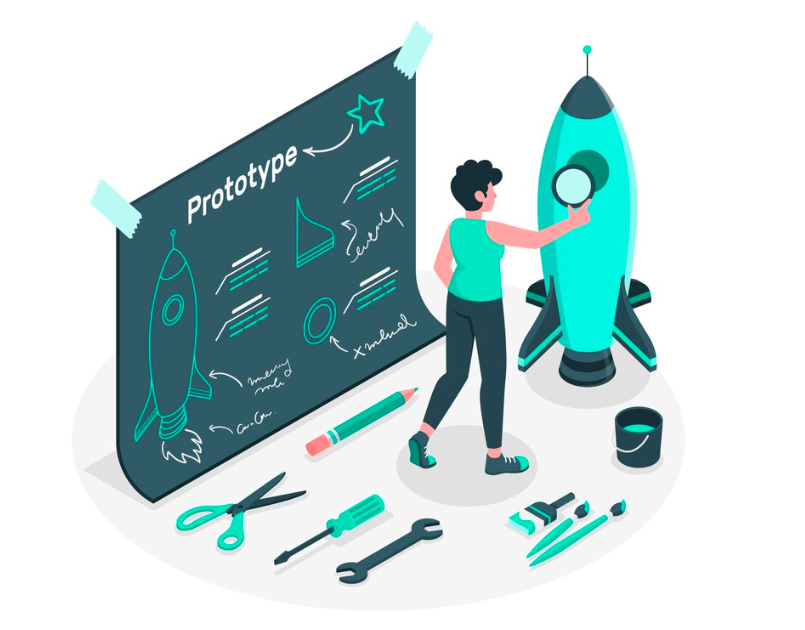In the dynamic realm of design, technology is the driving force propelling creativity to new heights. As we stand on the cusp of the future, it’s essential to explore and embrace the cutting-edge design technologies that promise to revolutionize the way we create, innovate, and experience the world. In this blog, we’ll delve into some of the best design technologies poised to shape the future of the industry.
Generative Design:

Generative design has emerged as a game-changer in the field. Using algorithms to explore countless design possibilities based on specified parameters, it unleashes creativity and efficiency. Whether it’s architectural structures, product designs, or even fashion, generative design allows designers to co-create with artificial intelligence, resulting in groundbreaking and unexpected solutions.
- Algorithmic Creativity:
- Generative design harnesses the power of algorithms to explore an expansive range of design options based on predefined parameters.
- This approach encourages creative collaboration between designers and artificial intelligence, resulting in novel and unexpected design solutions.
- Efficiency and Optimization:
- By automating the design exploration process, generative design significantly enhances efficiency, allowing designers to focus on refining and implementing the most promising concepts.
- Optimizing for factors such as material usage, structural integrity, and performance becomes more precise, leading to sustainable and resource-efficient designs.
- Adaptability Across Industries:
- Generative design is versatile and applicable across various industries, including architecture, product design, and fashion.
- Its adaptability ensures that designers can leverage this technology to address unique challenges in different domains, fostering innovation on a broad scale.
Augmented Reality (AR) and Virtual Reality (VR):

The integration of AR and VR technologies is transforming how designers visualize and present their creations. AR and VR provide immersive experiences, allowing designers to walk through their designs in a virtual space, tweak elements in real-time, and gain a deeper understanding of the user experience. This not only enhances the design process but also opens up new possibilities for client presentations and collaboration.
- Immersive Design Experience:
- AR and VR technologies provide designers with immersive experiences, allowing them to visualize and interact with their designs in a virtual environment.
- This immersive approach enhances the understanding of spatial relationships and user experiences, leading to more intuitive and user-centric designs.
- Real-Time Collaboration:
- AR and VR facilitate real-time collaboration by enabling designers, clients, and stakeholders to participate in virtual design walkthroughs and discussions.
- This fosters better communication, reduces design iteration cycles, and ensures that everyone involved has a shared understanding of the design vision.
- Enhanced Presentation and Marketing:
- Designers can leverage AR and VR for captivating presentations, offering clients and audiences a more engaging and interactive view of their creations.
- These technologies enhance marketing efforts by providing a unique and memorable way to showcase products, designs, or architectural plans.
Artificial Intelligence (AI) in Design:

Artificial Intelligence has become a formidable ally for designers. From predictive analytics to automating repetitive tasks, AI streamlines workflows, allowing designers to focus on more creative aspects of their work. AI algorithms can analyze user behavior, predict design preferences, and even suggest design elements, leading to more personalized and user-centric creations.
- Workflow Optimization:
- AI automates repetitive and time-consuming tasks, optimizing the design workflow and allowing designers to focus on the more creative aspects of their work.
- Predictive analytics and machine learning algorithms analyze historical data, helping designers make informed decisions and refine their design strategies.
- Personalized Design Solutions:
- AI algorithms can analyze user behavior and preferences, enabling designers to create personalized and tailored design solutions.
- This leads to more user-centric products and experiences, enhancing customer satisfaction and loyalty.
- Data-Driven Insights:
- By leveraging AI, designers gain valuable insights from vast datasets, informing design decisions and strategies.
- Data-driven design ensures that decisions are grounded in empirical evidence, resulting in more informed, effective, and impactful solutions.
3D Printing Revolution:

3D printing has been around for a while, but recent advancements are taking it to a whole new level. With faster printing speeds, a broader range of materials, and increased precision, 3D printing is becoming an indispensable tool for prototyping and manufacturing. The ability to bring digital designs into the physical realm with such accuracy opens up avenues for innovation across various industries.
- Precision and Complexity:
- 3D printing allows for the creation of intricate and highly detailed designs with unparalleled precision.
- Complex geometries that were once challenging or impossible to manufacture using traditional methods can now be easily realized through additive manufacturing.
- Prototyping Advancements:
- Rapid prototyping is a hallmark of the 3D printing revolution, enabling designers to swiftly iterate and test their concepts.
- The ability to quickly produce physical prototypes facilitates a more efficient design process, reducing time and costs associated with traditional prototyping methods.
- Material Diversity and Customization:
- The expanding range of printable materials, from plastics to metals and even biodegradable compounds, provides designers with unprecedented flexibility.
- Customization options extend beyond aesthetics, allowing for the creation of materials tailored to specific applications, enhancing the functionality and sustainability of printed products.
Biodesign:

In an era where sustainability is paramount, biodesign is gaining prominence. This innovative approach integrates living organisms into the design process, creating products and structures that are not only functional but also environmentally friendly. From biodegradable materials to self-healing structures, biodesign is pushing the boundaries of what is possible in the world of design.
- Sustainable Materials:
- Biodesign emphasizes the use of sustainable materials derived from living organisms, such as fungi, bacteria, or algae.
- These materials are often biodegradable, reducing environmental impact and contributing to a more circular and eco-friendly design process.
- The exploration of alternative, nature-inspired materials promotes responsible consumption and production practices.
- Self-Healing Structures:
- Biodesign explores the integration of self-healing properties into structures and products.
- By drawing inspiration from natural processes, designers can create materials that repair themselves when damaged, extending the lifespan of the designed objects.
- Self-healing structures not only reduce maintenance costs but also contribute to a more resilient and sustainable built environment.
- Biofabrication and Living Technologies:
- Biodesign involves the utilization of biofabrication techniques to grow and shape materials in a controlled environment.
- Living technologies, such as bioengineered organisms or tissues, offer innovative solutions for creating responsive and adaptive designs.
- Incorporating living elements into the design process opens up possibilities for dynamic, evolving products and structures that can adapt to changing conditions.
As we navigate the ever-evolving landscape of design, these technologies stand as beacons illuminating the path to a more creative, efficient, and sustainable future. Embracing generative design, leveraging AR and VR experiences, harnessing the power of AI, embracing the 3D printing revolution, and incorporating biodesign principles will undoubtedly





